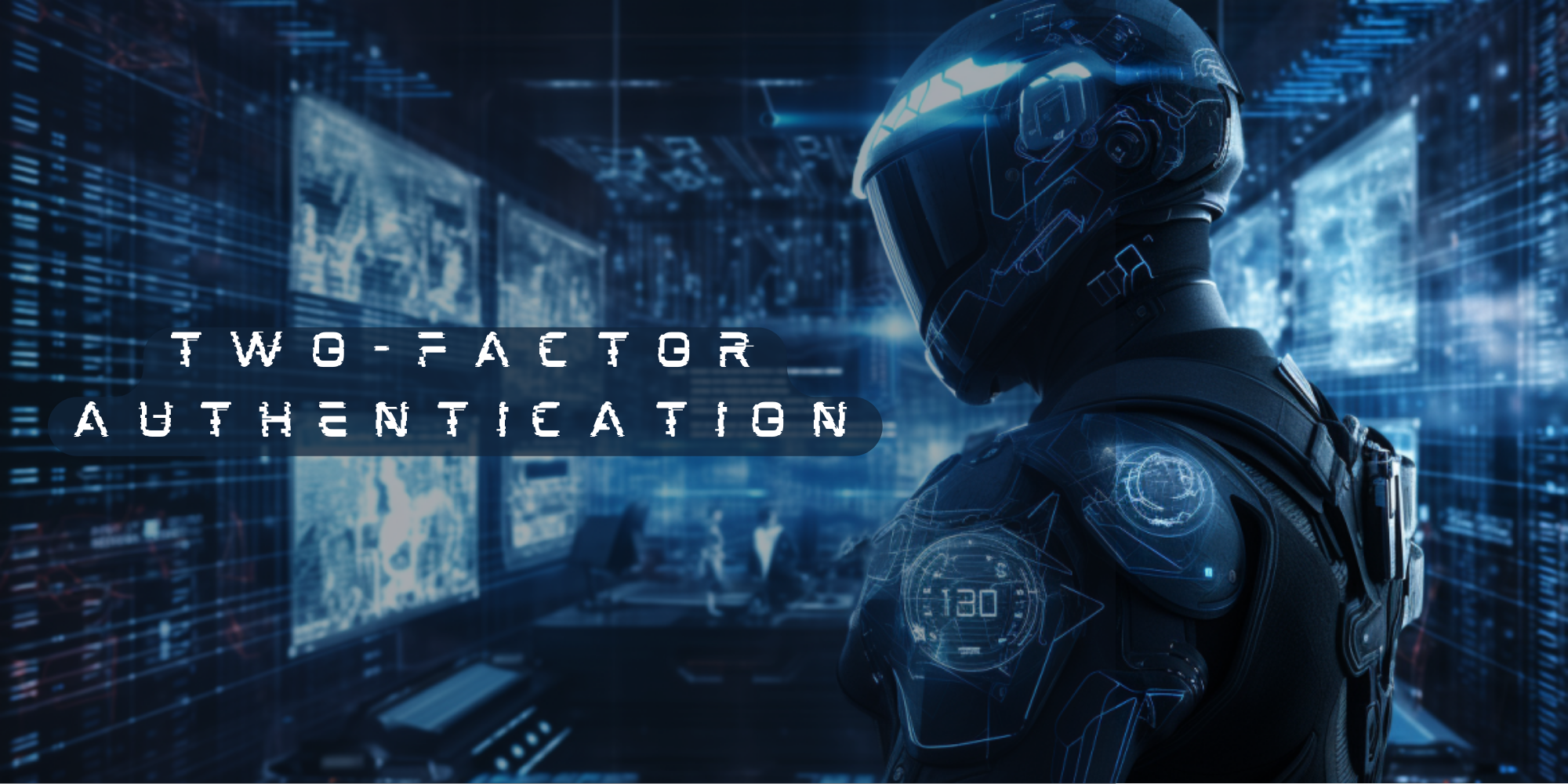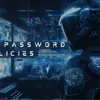
As the digital era continues to evolve, we find ourselves increasingly reliant on various online platforms for our daily activities, be it banking, shopping, or communication. Unfortunately, this increased online presence also opens up avenues for cyber threats. Enter Two-Factor Authentication (2FA), a security measure designed to protect our sensitive information from prying eyes. In this article, we explore what 2FA is, its importance, and how you can leverage it to secure your online accounts.
Understanding Two-Factor Authentication (2FA)
Traditionally, we protect our online accounts with passwords, a single factor of authentication. Two-Factor Authentication, as the name suggests, adds an extra layer of security by demanding two separate methods of identity verification. The first factor is usually something you know (like your password), whilst the second factor could be something you have (like your smartphone to receive verification codes) or something you are (like your fingerprint or facial recognition).
The Significance of 2FA
Given the sophisticated techniques used by cybercriminals today, a password alone may not be enough to secure your account. Here’s where 2FA comes into play. With 2FA enabled, even if someone manages to get hold of your password, they would still need the second factor—usually a physical item only you possess—to access your account. This added layer of security drastically reduces the risk of unauthorised access, providing robust protection for your online identity.
Activating 2FA for Various Online Accounts
Setting up 2FA may vary slightly across different platforms, but the underlying process remains the same. Here’s a general guide:
- Email Accounts (Gmail, Outlook, etc.): Most email providers have an option for 2FA under account security settings. Typically, you can choose to receive a verification code via SMS or use an authenticator app. Once set up, you’ll be asked for this second verification step every time you log in.
- Social Media (Facebook, Twitter, etc.): Similar to email, you can find 2FA settings in the security section of your account settings. Some platforms also allow the use of security keys as an added layer of protection.
- Banking and E-commerce Platforms: Banks and online shopping sites usually provide 2FA for added security. They commonly use SMS codes or in-app notifications as the second factor.
In all cases, remember to keep your recovery information updated. This ensures that if you lose access to your second factor (for instance, you lose your phone), you can still regain access to your account.
As we continue to engage more with the digital world, it’s crucial to adopt strategies that protect our online identity. Two-Factor Authentication serves as a sturdy second line of defence, keeping your personal and financial information safe from potential cyber threats. It might require a bit more effort at login, but the security benefits of 2FA significantly outweigh this minor inconvenience. So, don’t wait until you’re a victim—activate 2FA and give your online security a solid boost.
.thumbnailWrapper
width:6.62rem !important;
.alsoReadTitleImage
min-width: 81px !important;
min-height: 81px !important;
.alsoReadMainTitleText
font-size: 14px !important;
line-height: 20px !important;
.alsoReadHeadText
font-size: 24px !important;
line-height: 20px !important;







![Read more about the article [Exclusive] Courier fulfilment startup NimbusPost in final stages of raising $25M](https://blog.digitalsevaa.com/wp-content/uploads/2024/01/CopyofImageTaggingnoframesEditorialTeamMaster-1705658990850-300x150.jpg)



